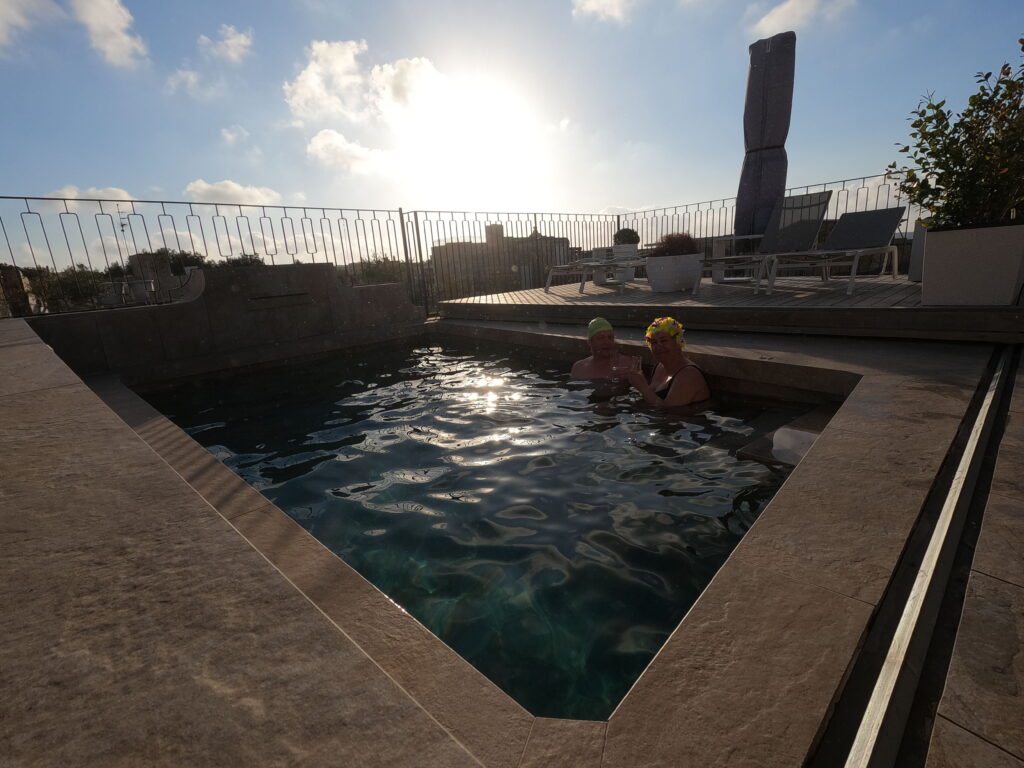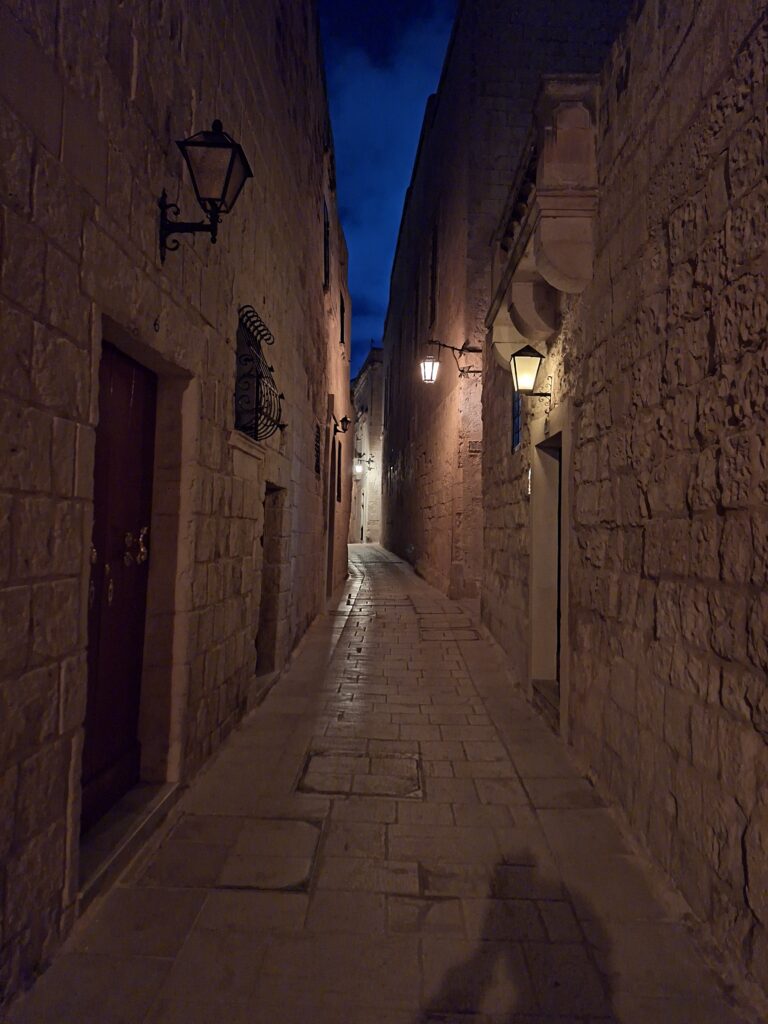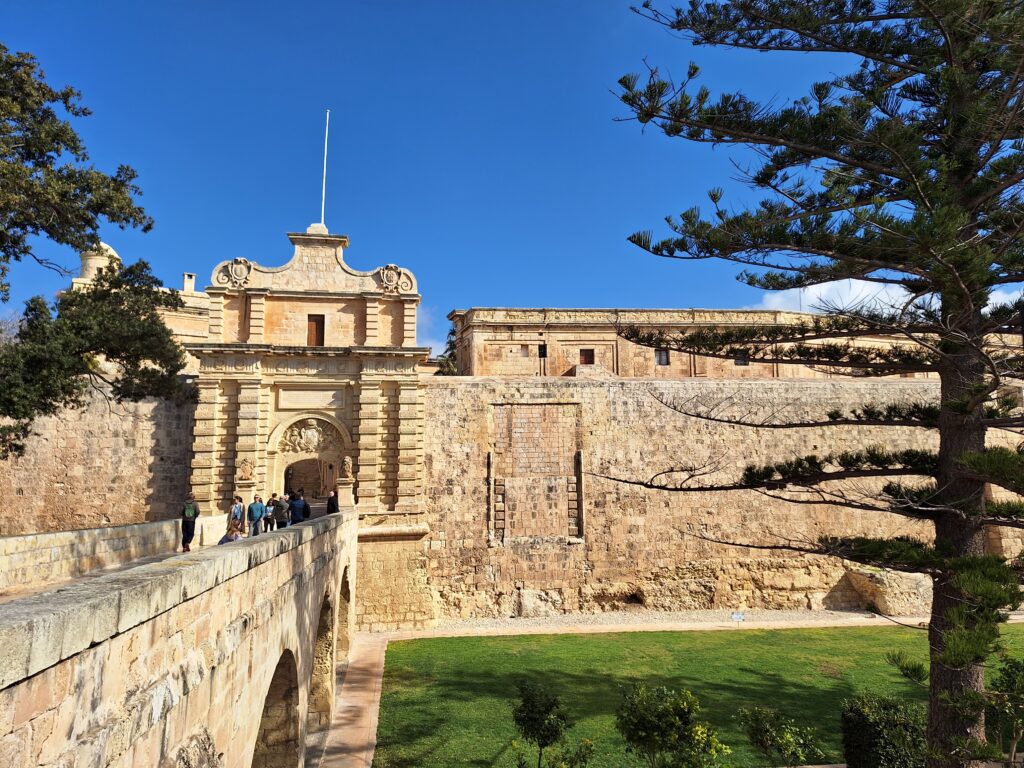
Malta’s old capital is located on a hill in the middle of the island overlooking almost the entire Malta. The name comes from Arabic and means ‘The Fortified City‘. It’s a name that fits very well, and now we’re talking about a medieval town with walls that are amazingly well preserved.
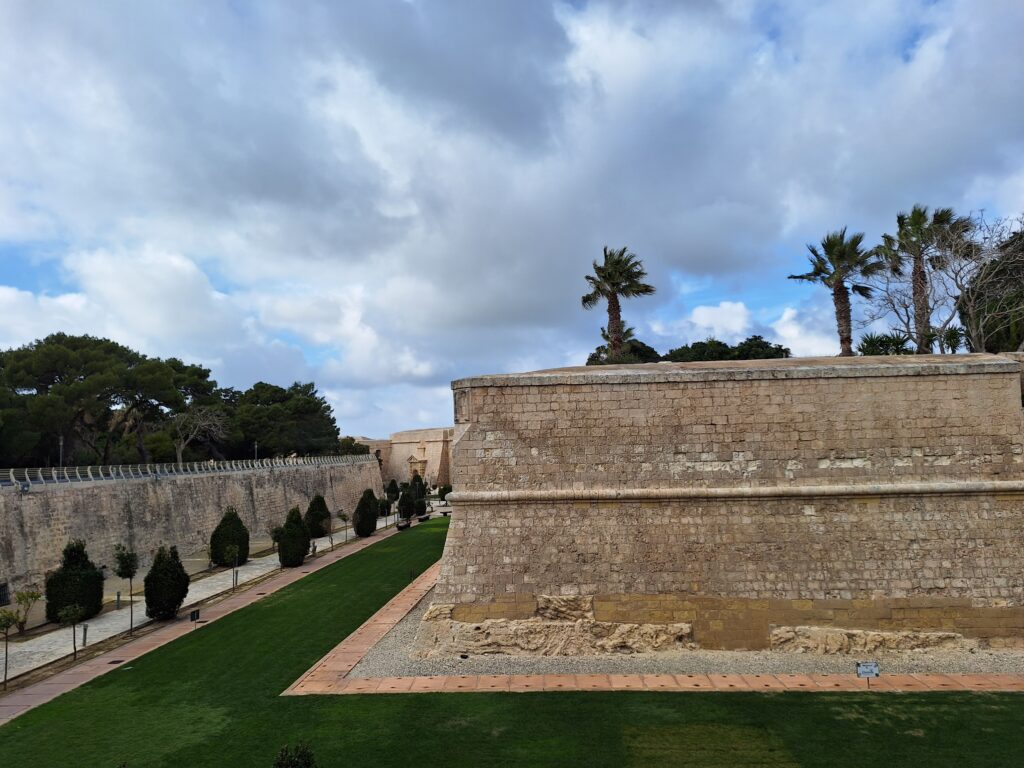
The settlement on the hill goes all the way back to the Bronze Age, and traces of the Phoenicians have been found from 700 BC, including two engraved stones. The stones are a thank you for being heard by God after a substitute sacrifice (sacrificial lamb instead of the sacrifice of a child). The Phoenician name for Mdina was Maleth (refuge). There are remains from Roman times in the suburb of Rabat, including catacombs. The apostle Paul lived for a few months in Mdina (in Roman times called Melite), after he was shipwrecked at Malta around AD 60, invited by the governor, Publius. While living in Melite, Paulus cured the governor’s father, and several miracles also occurred, with the result that the whole population of Malta was converted to Christianity, and Publius became the first Maltese bishop.
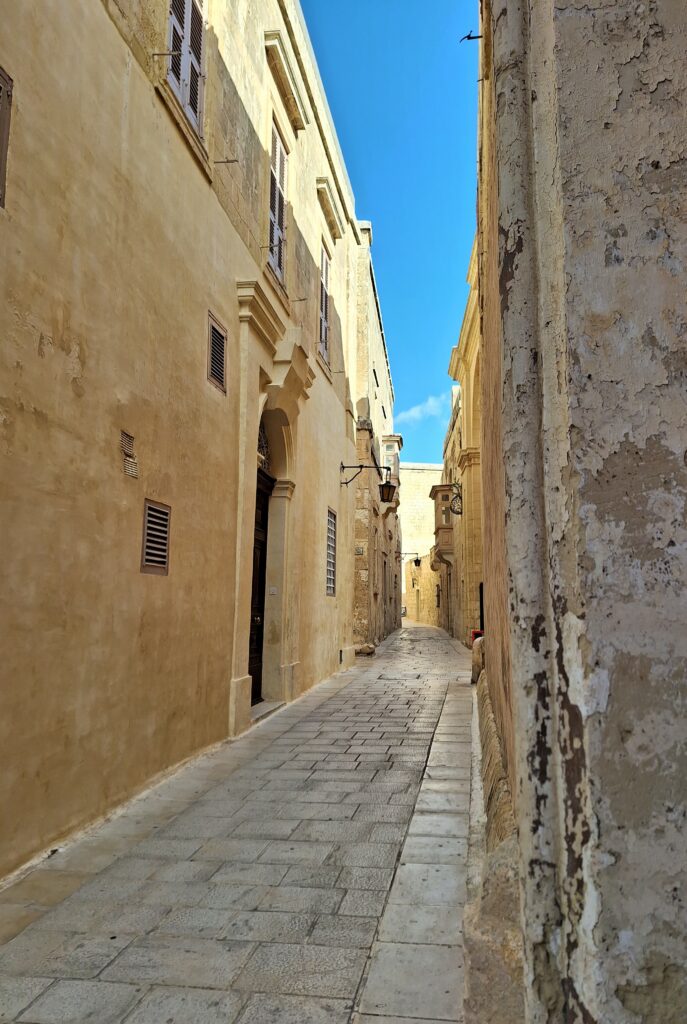
The current name Mdina (inside the walls), and Rabat (the suburbs), came with the Byzantine occupation in AD 870. During the conquest, the population was massacred, and marble from the church was shipped to Susse in Tunisia, where it was used to build a castle. After a short siege in 1091, Malta came under Sicilian rule. Mdina withstood a Turkish siege in 1429, earning the name ‘Città Notabile‘ (the glorious city). Today, some 250 people live in Mdina, and 11,000 in Rabat.
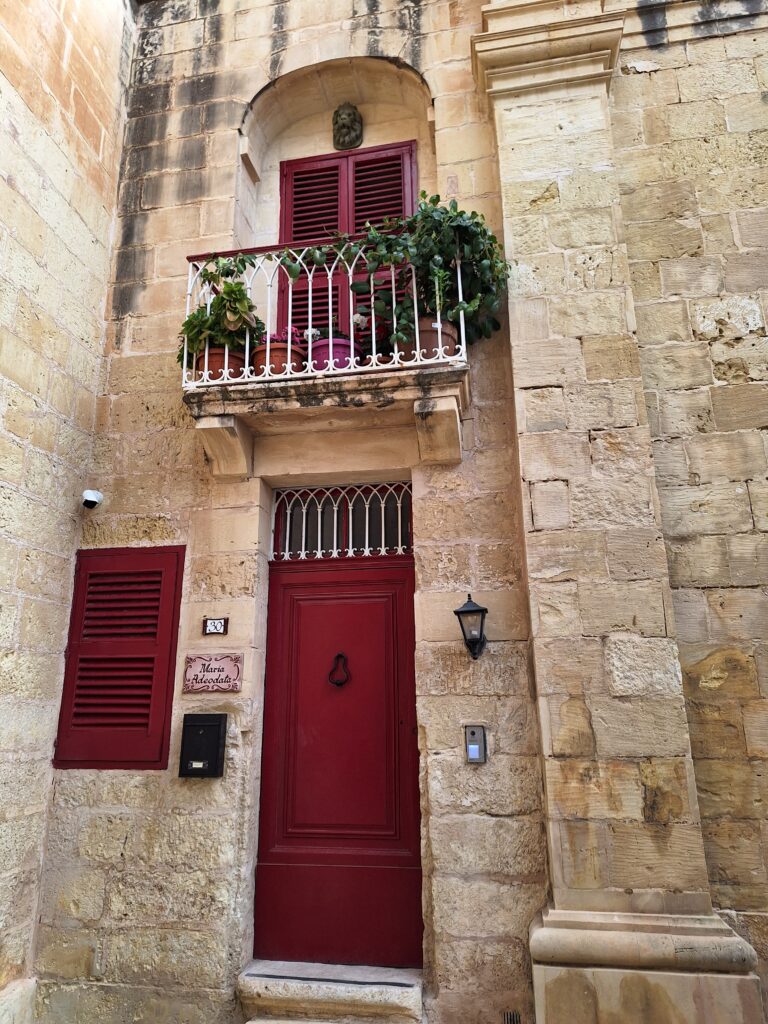
Mdina is not suitable for driving, the streets are too narrow for that. Thus the traffic signs here do not specify the maximum height the cars can have, but the width…
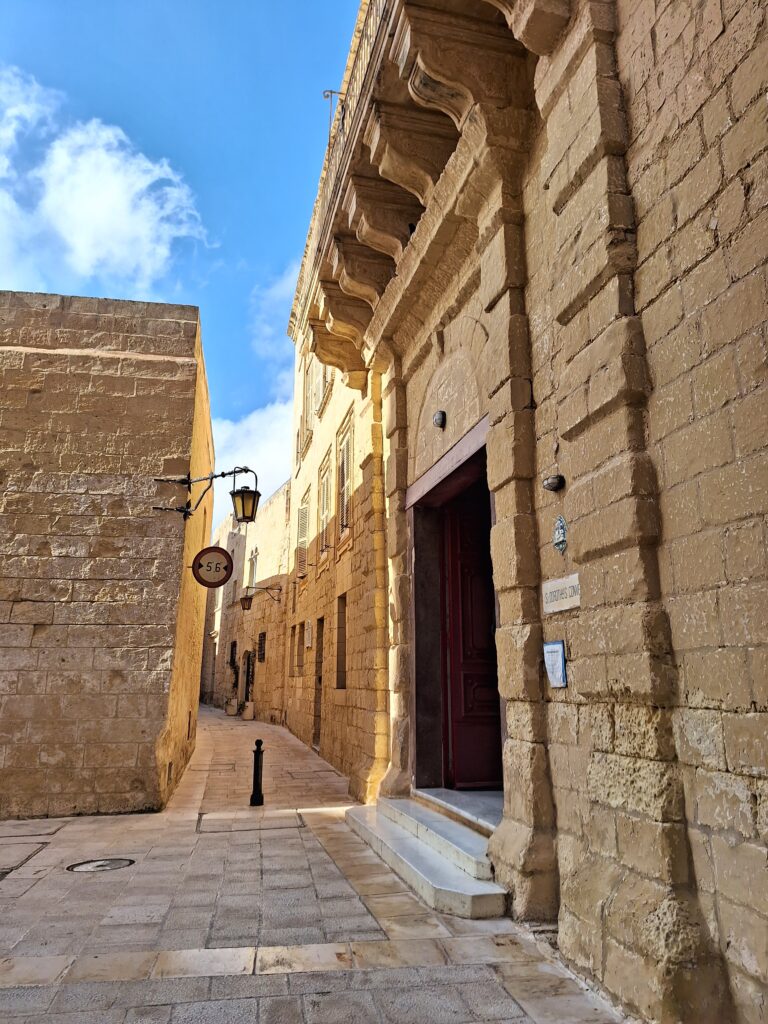
When the Order of Saint John settled in Malta in 1530, Mdina was the capital. However, the knights wanted a base closer to the sea, and moved the capital to Birgu in 1532. After this, Mdina, with its palaces, has been a retreat place for the Maltese upper class, and is nicknamed ‘The Quiet City‘.
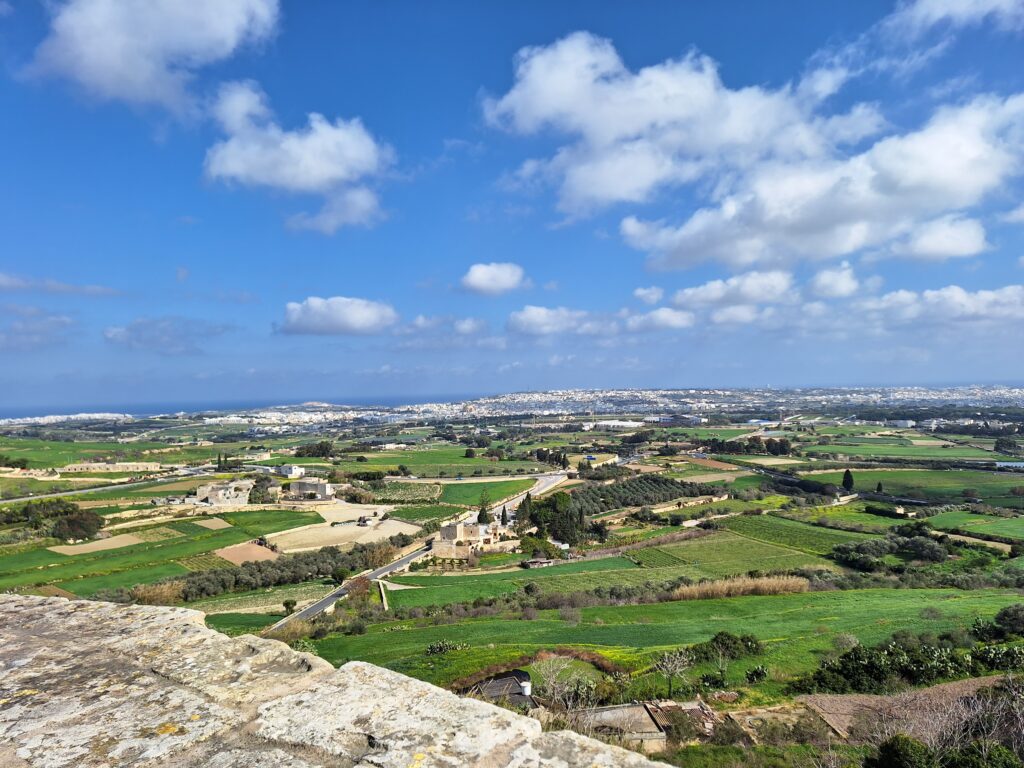
What does a fortified city in the middle of a dry island have to do with swimming, you might think. And yes, this seemed to become a long day without any bathing at all. But then we found a beautiful, small hotel with only 6 rooms – and a roof terrace, claiming to have a “Spa”.
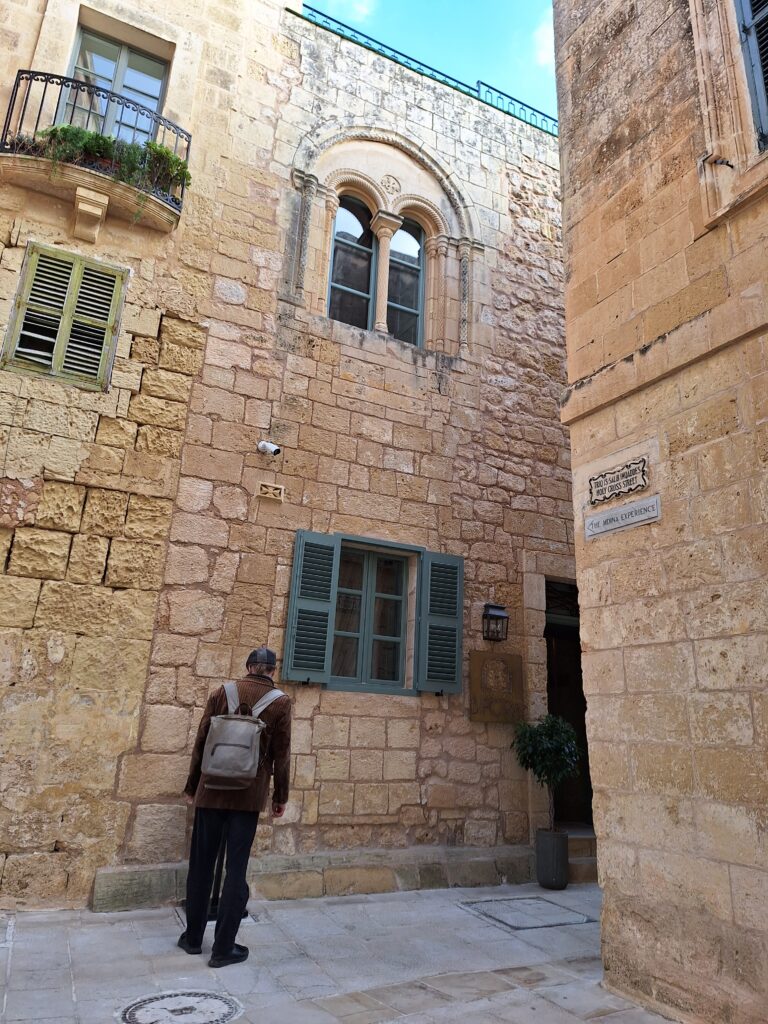
Could there be an opportunity here? But where exactly was the pool located?
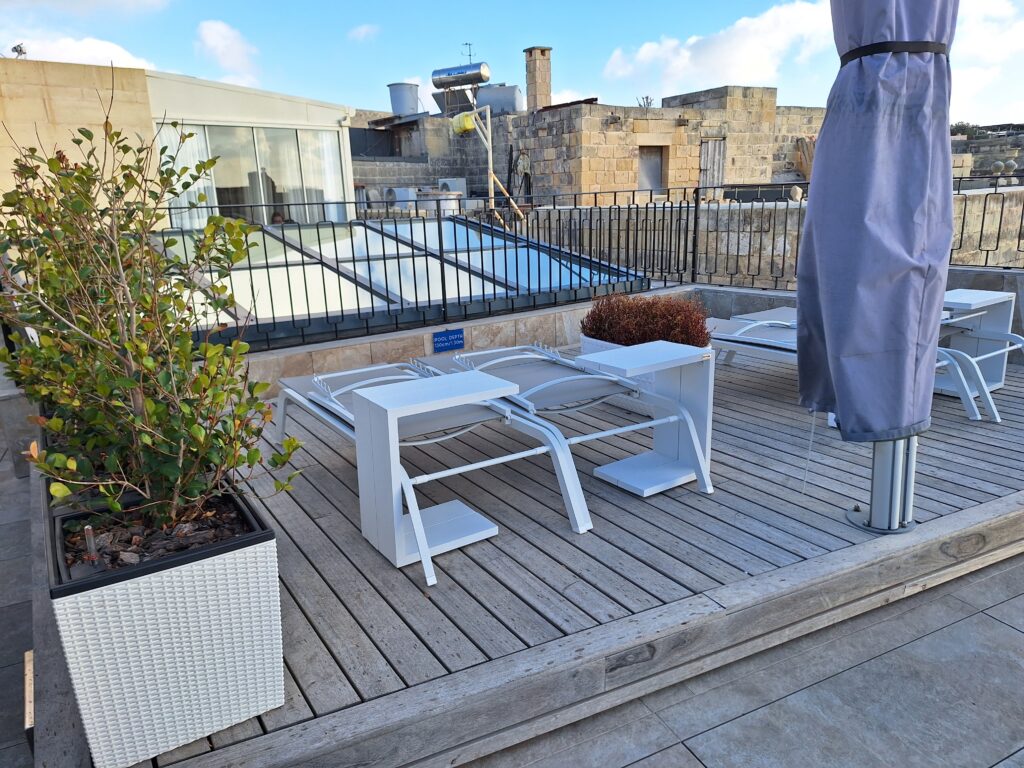
Yes, the pool was just a click away. The staff at Bifora where friendly and service minded, and arranged a bathing facility for us. And we imagine what a luxury this must be in the middle of the summer heat!
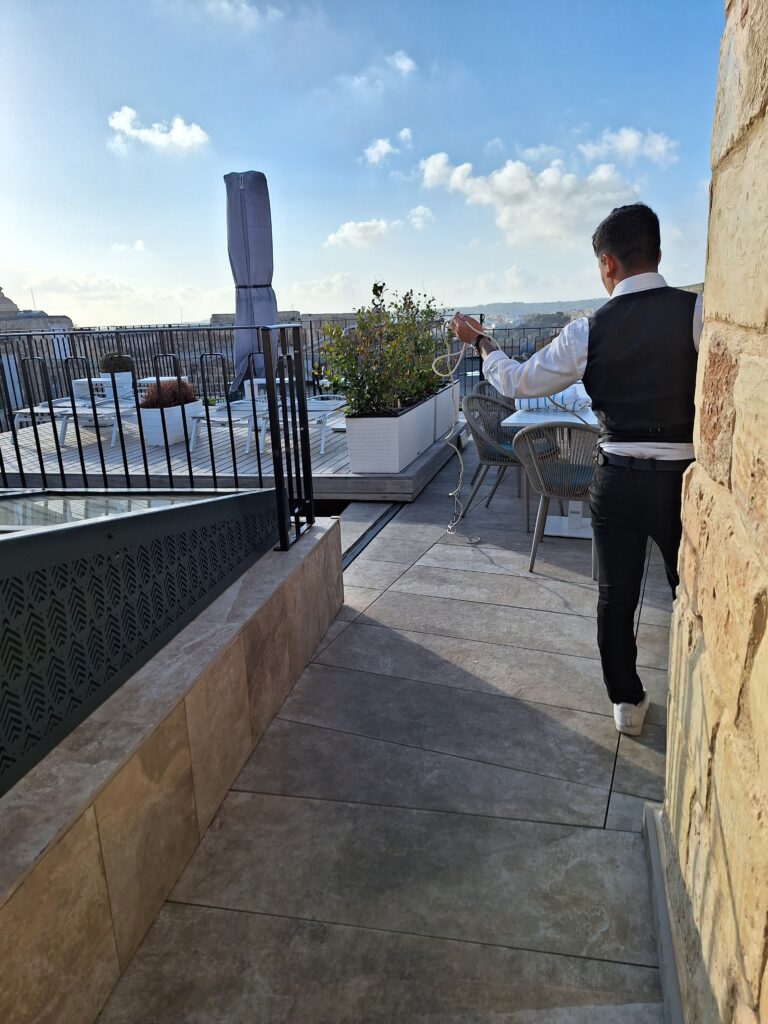
Swimming in Mdina is actually just perfect!
